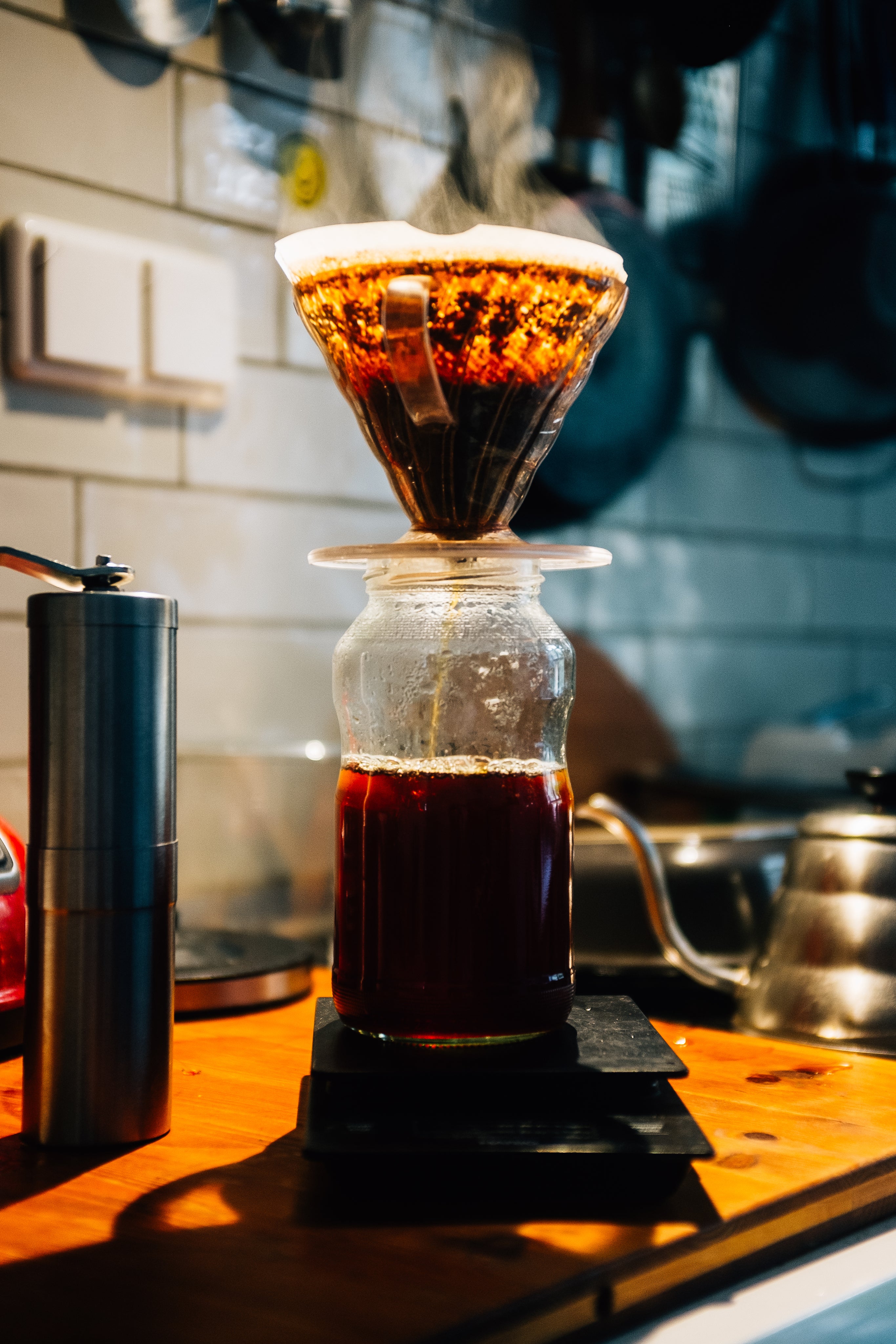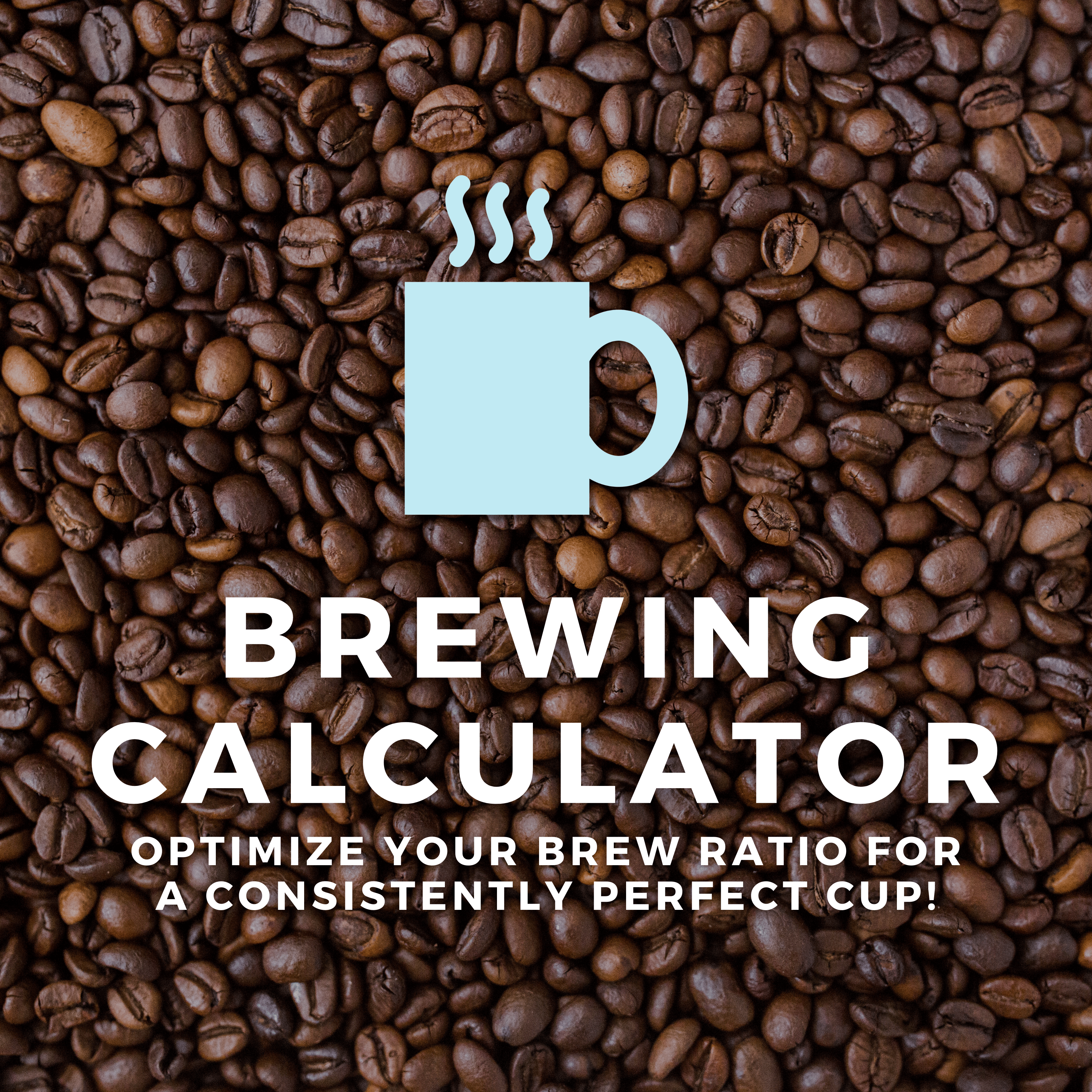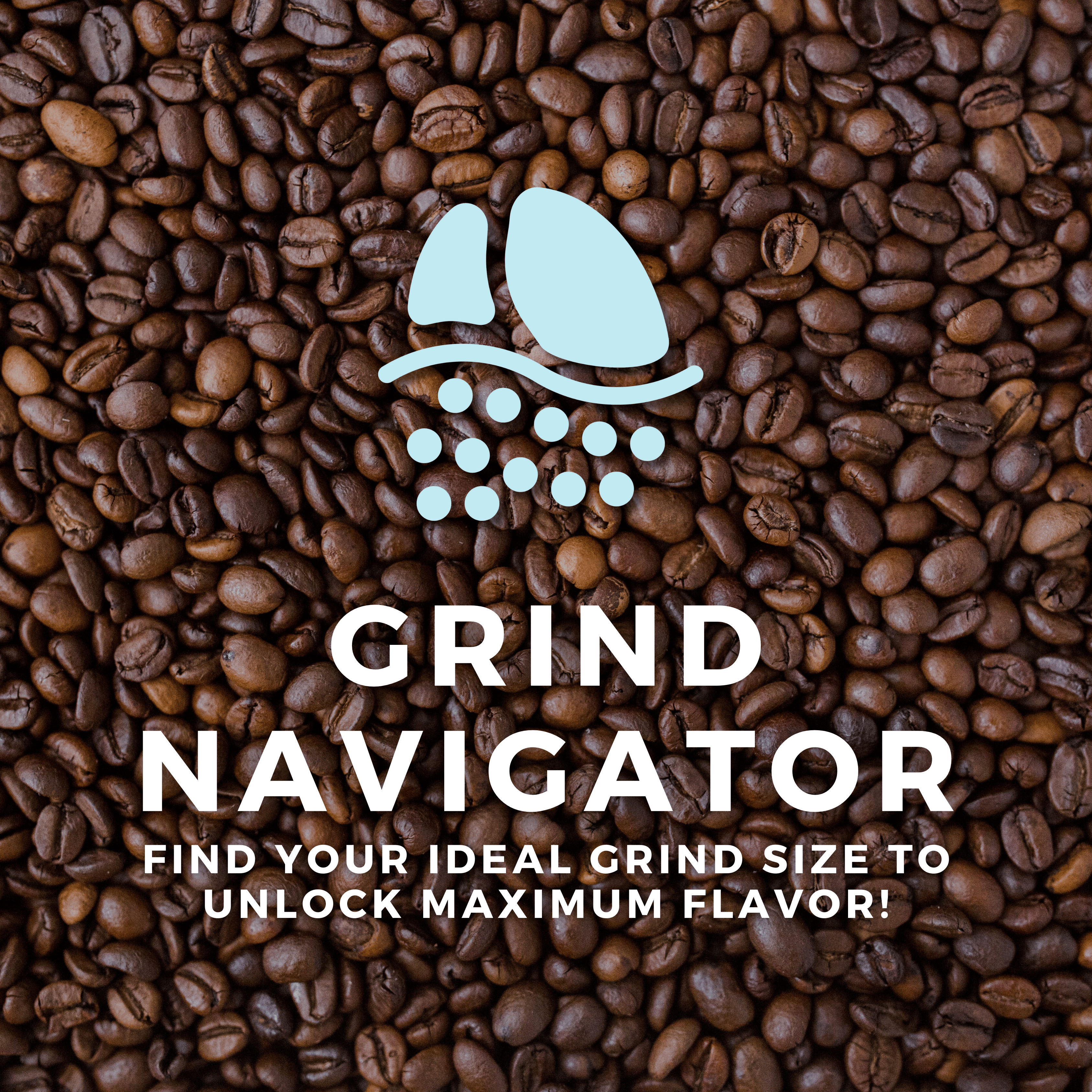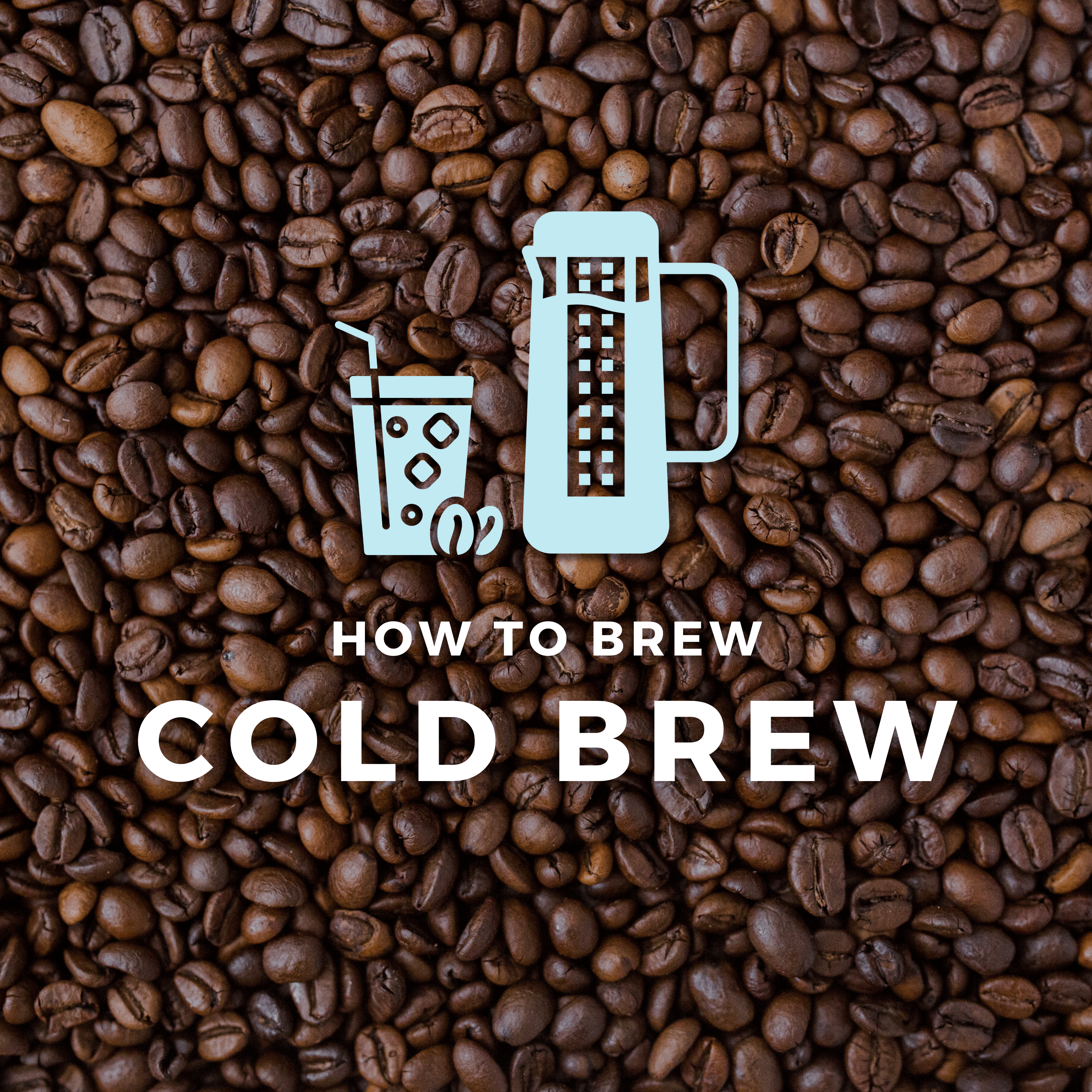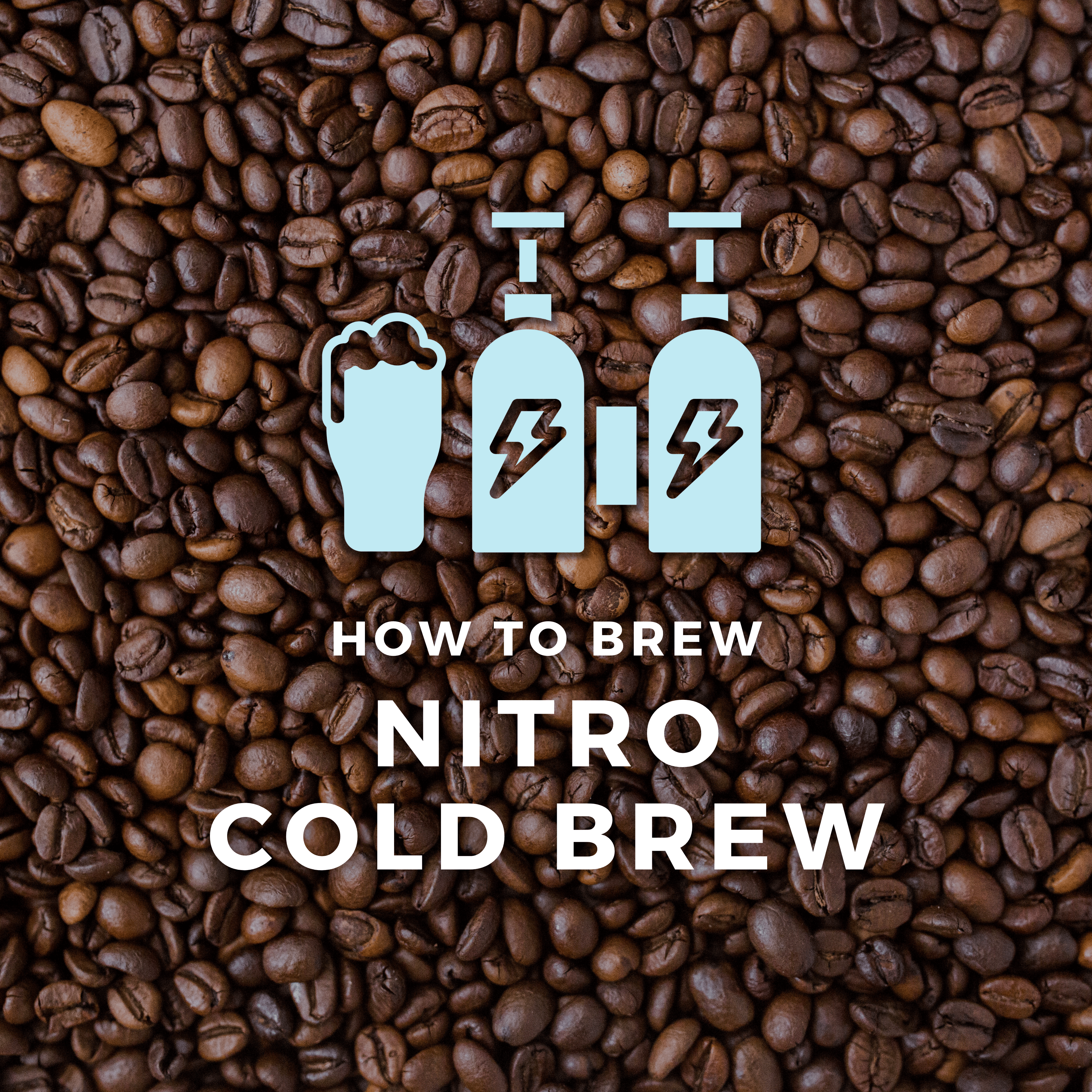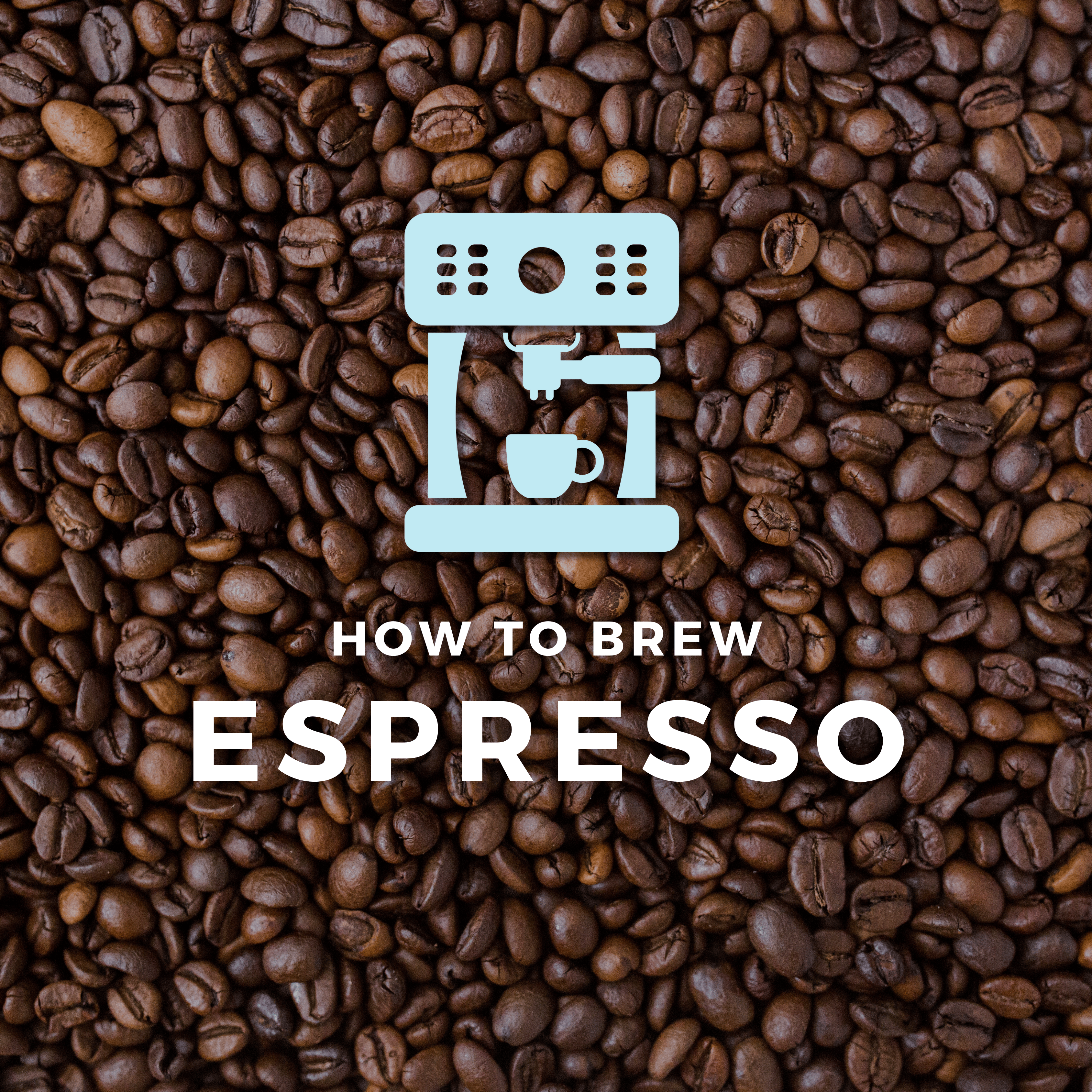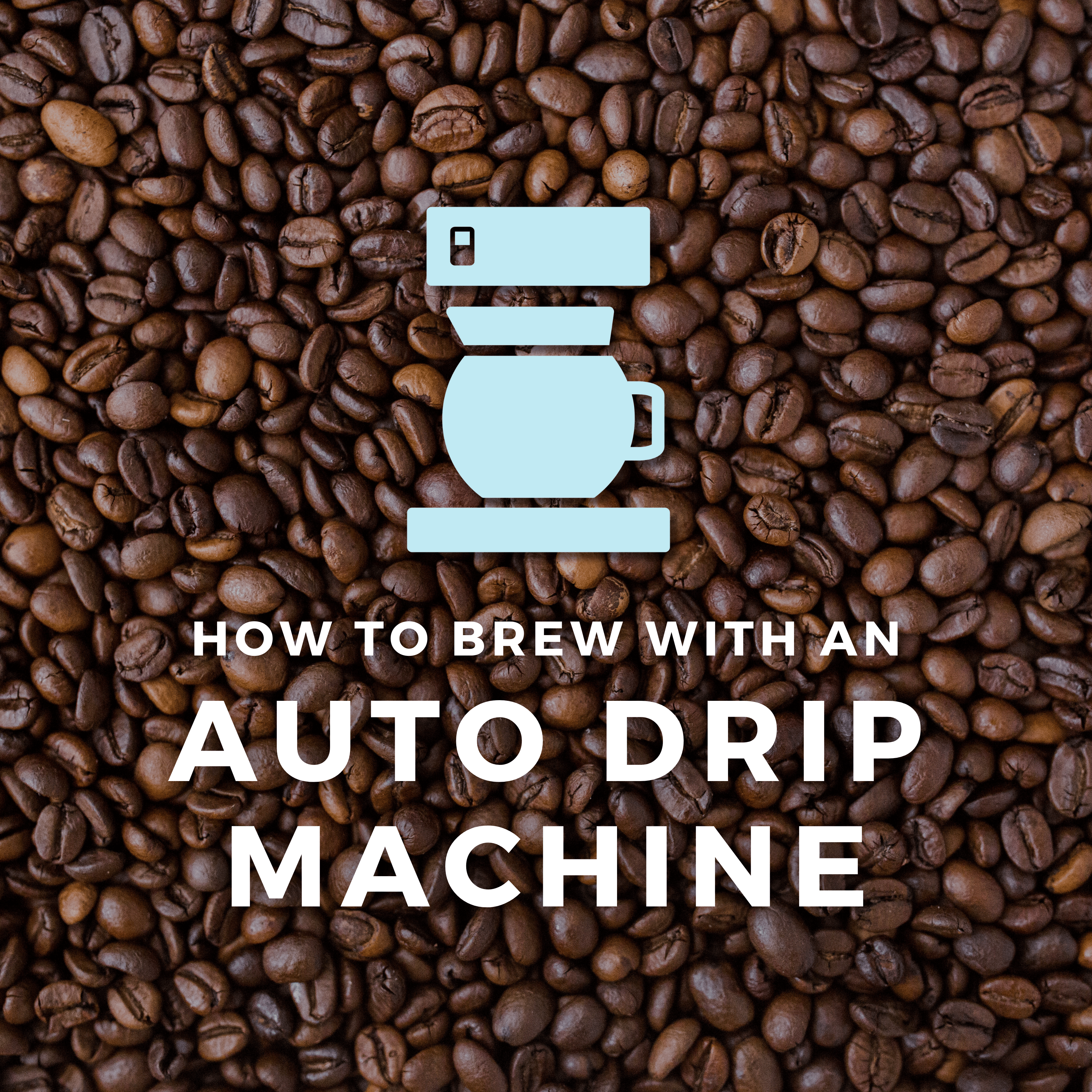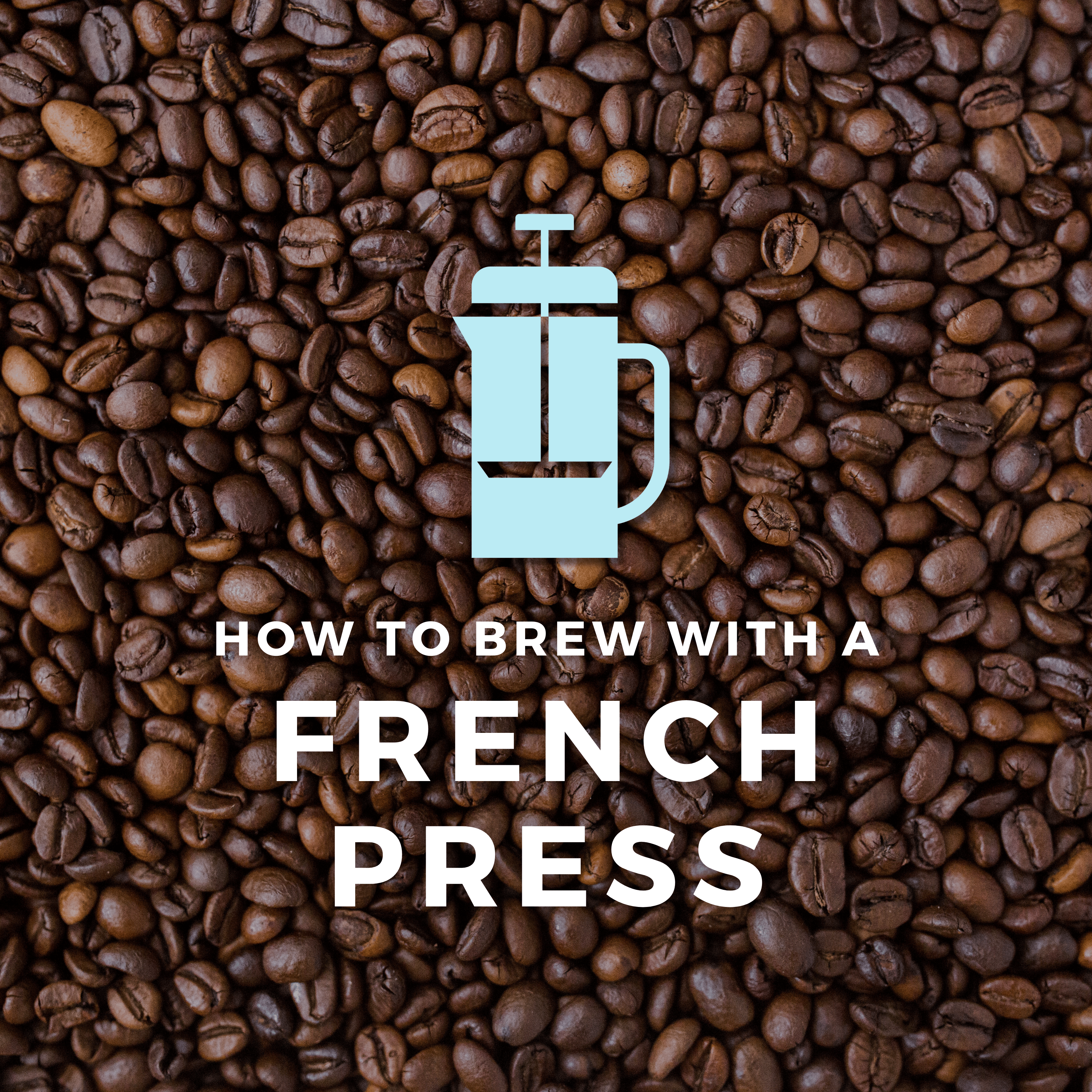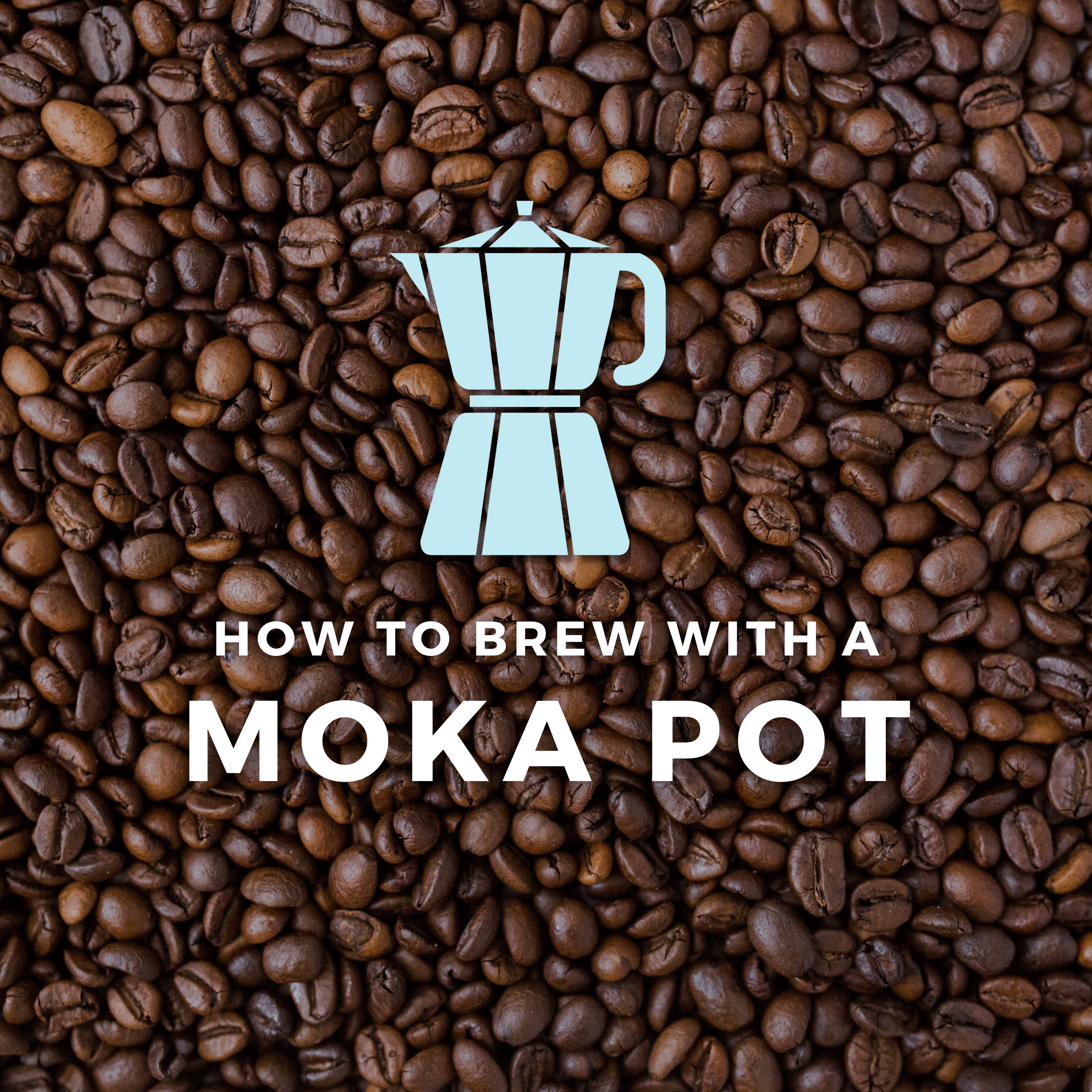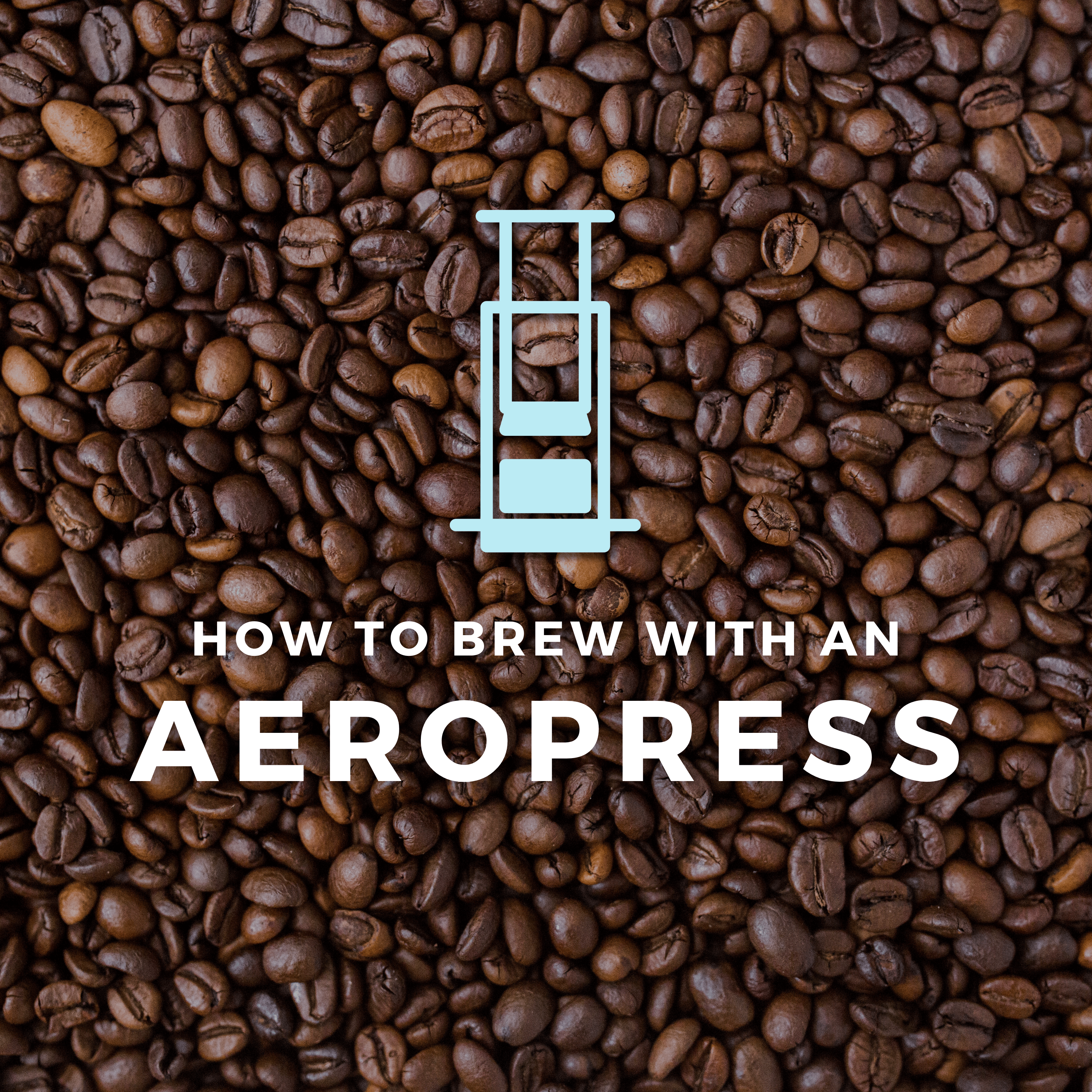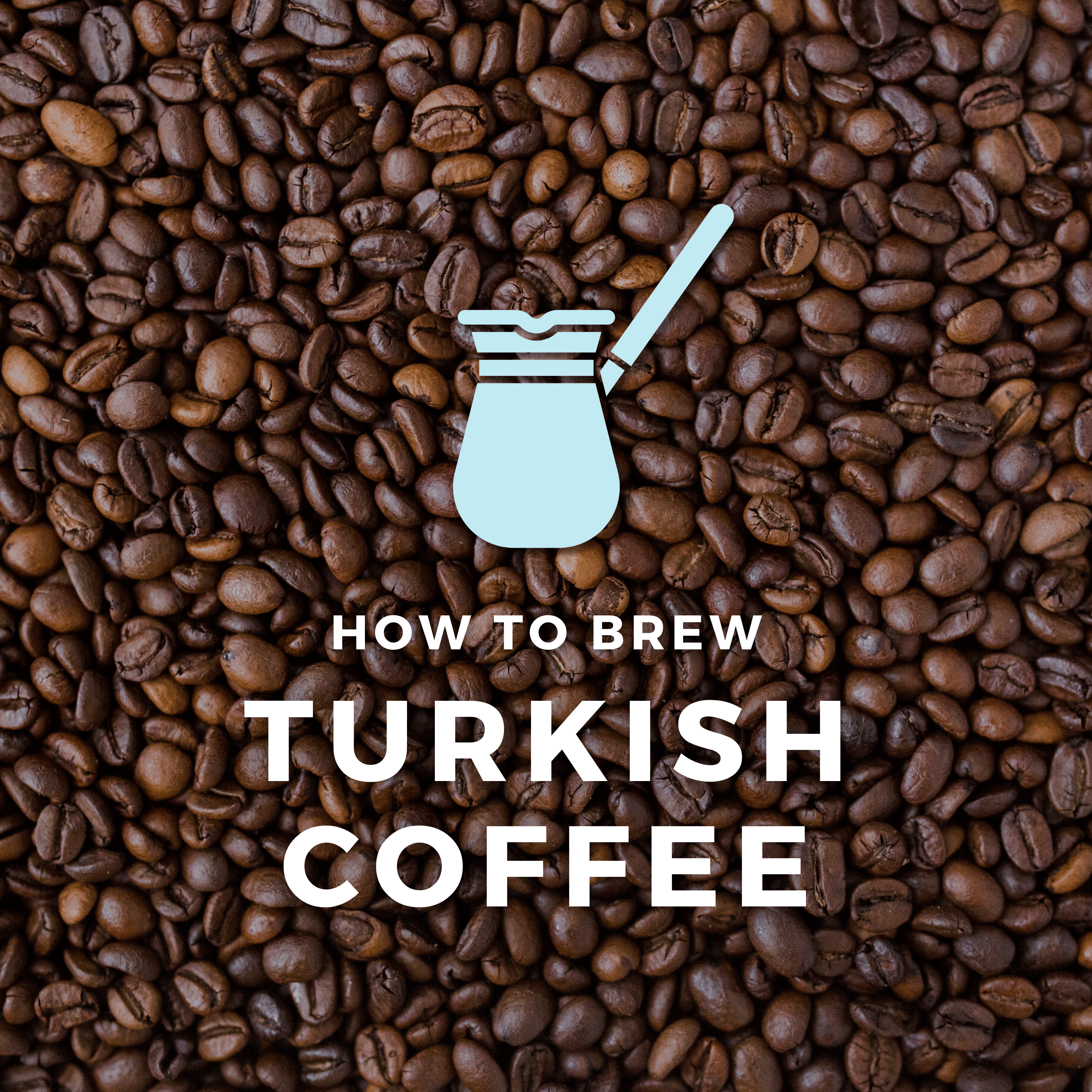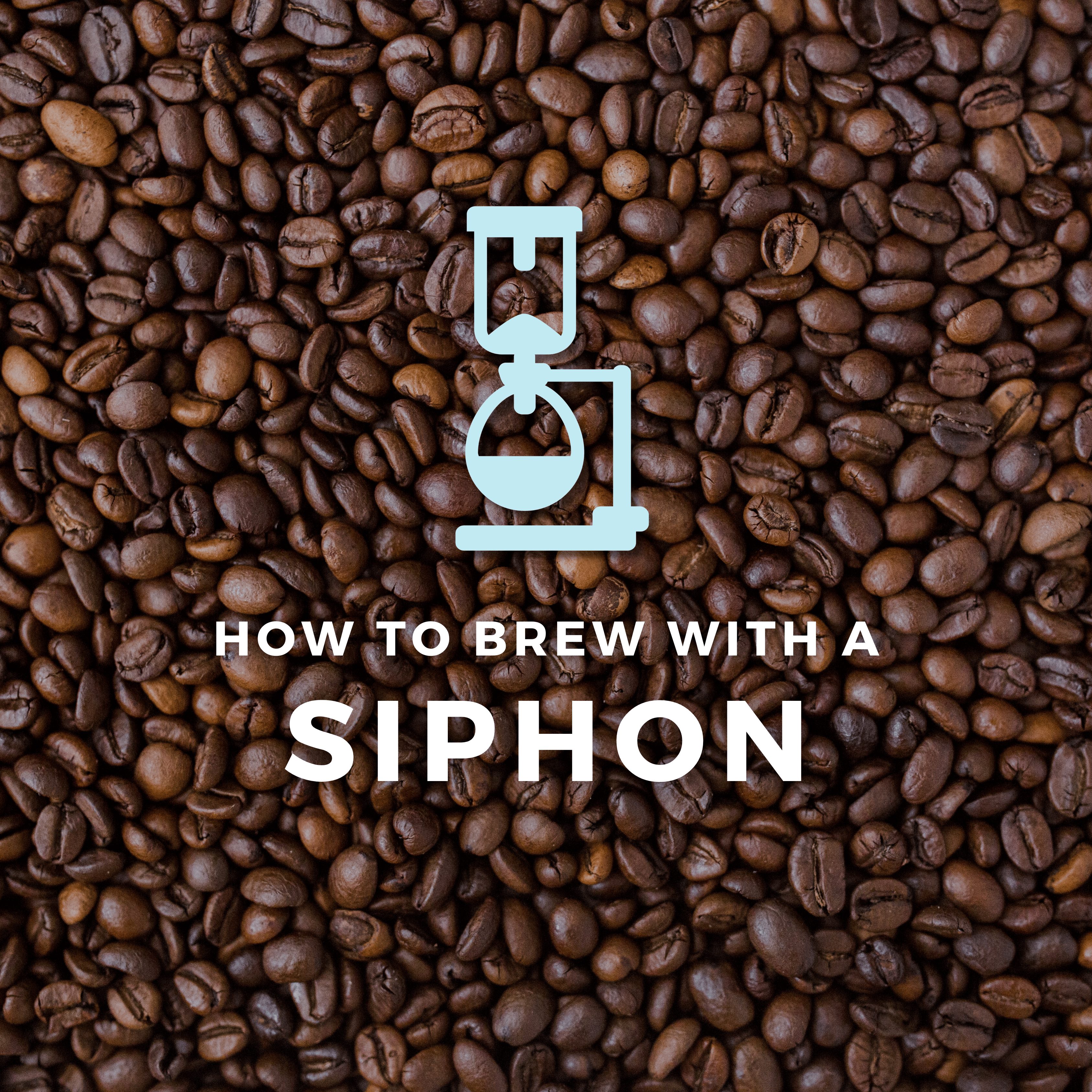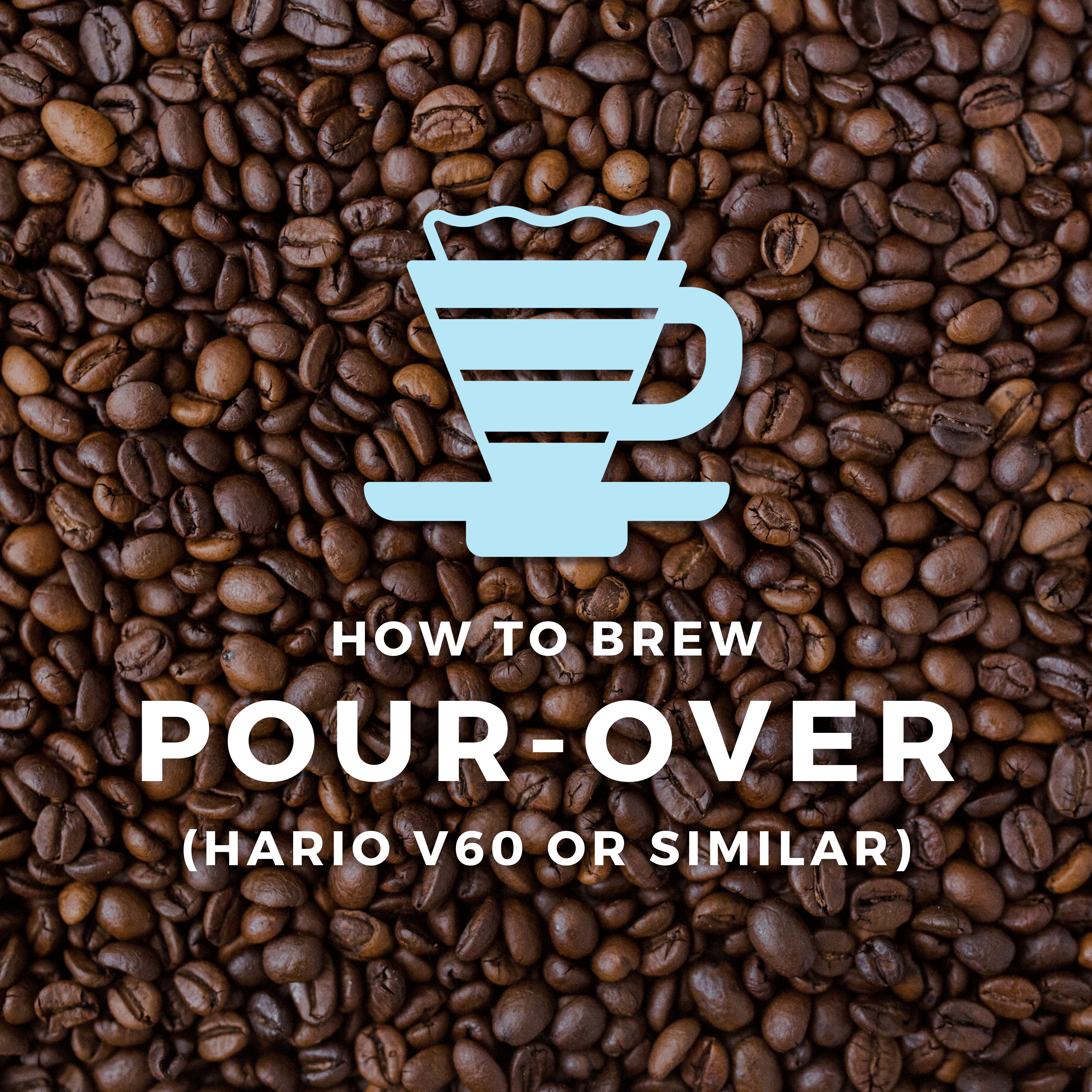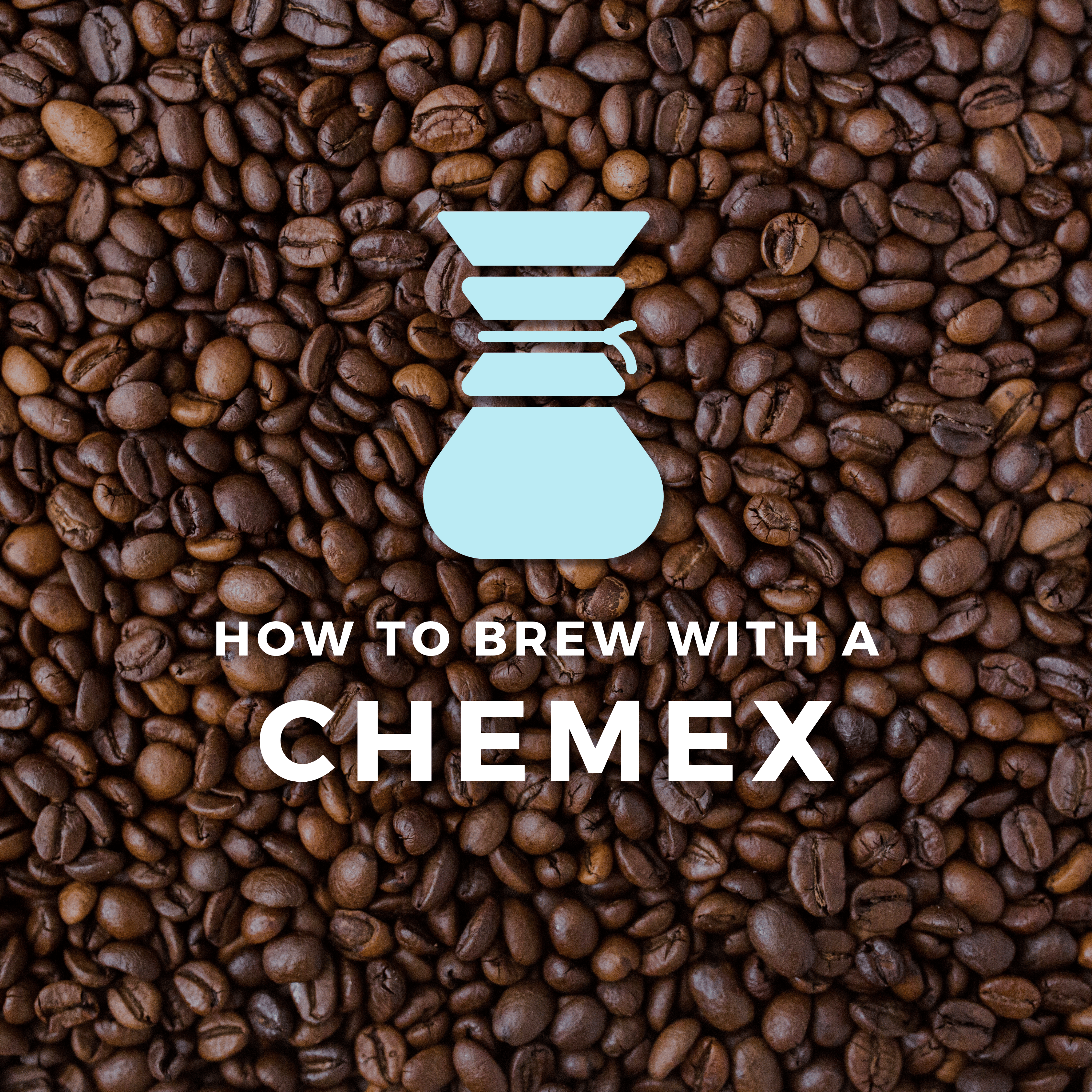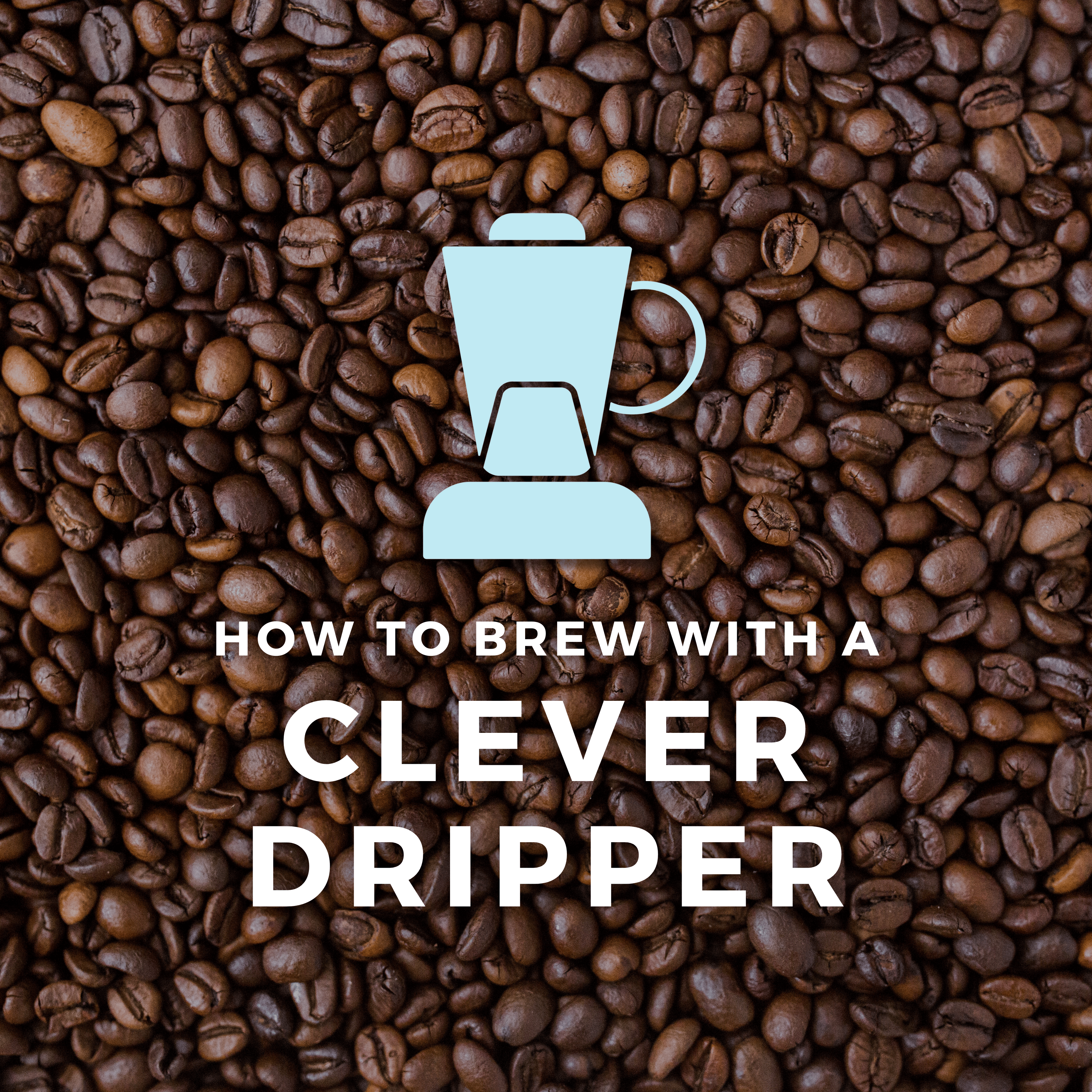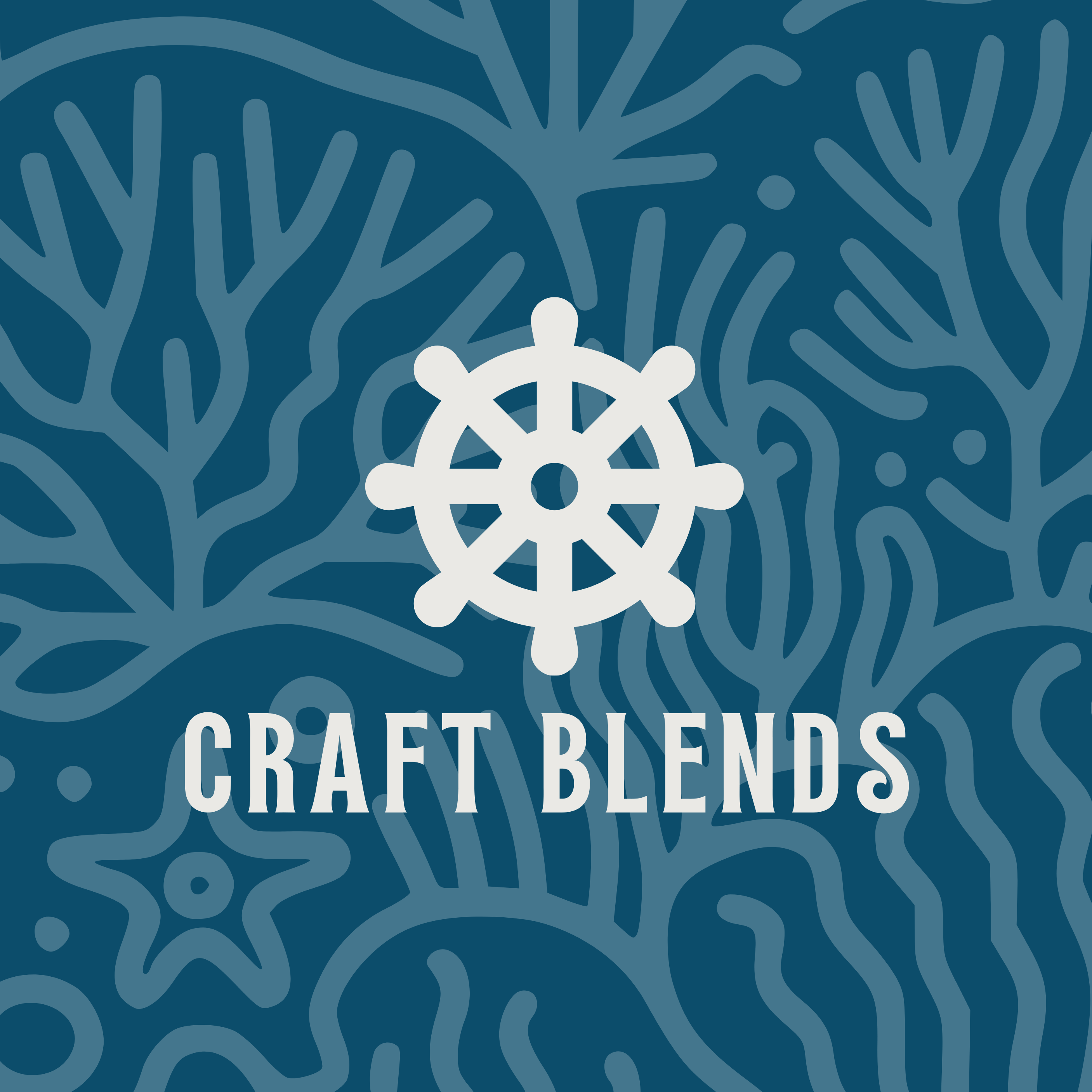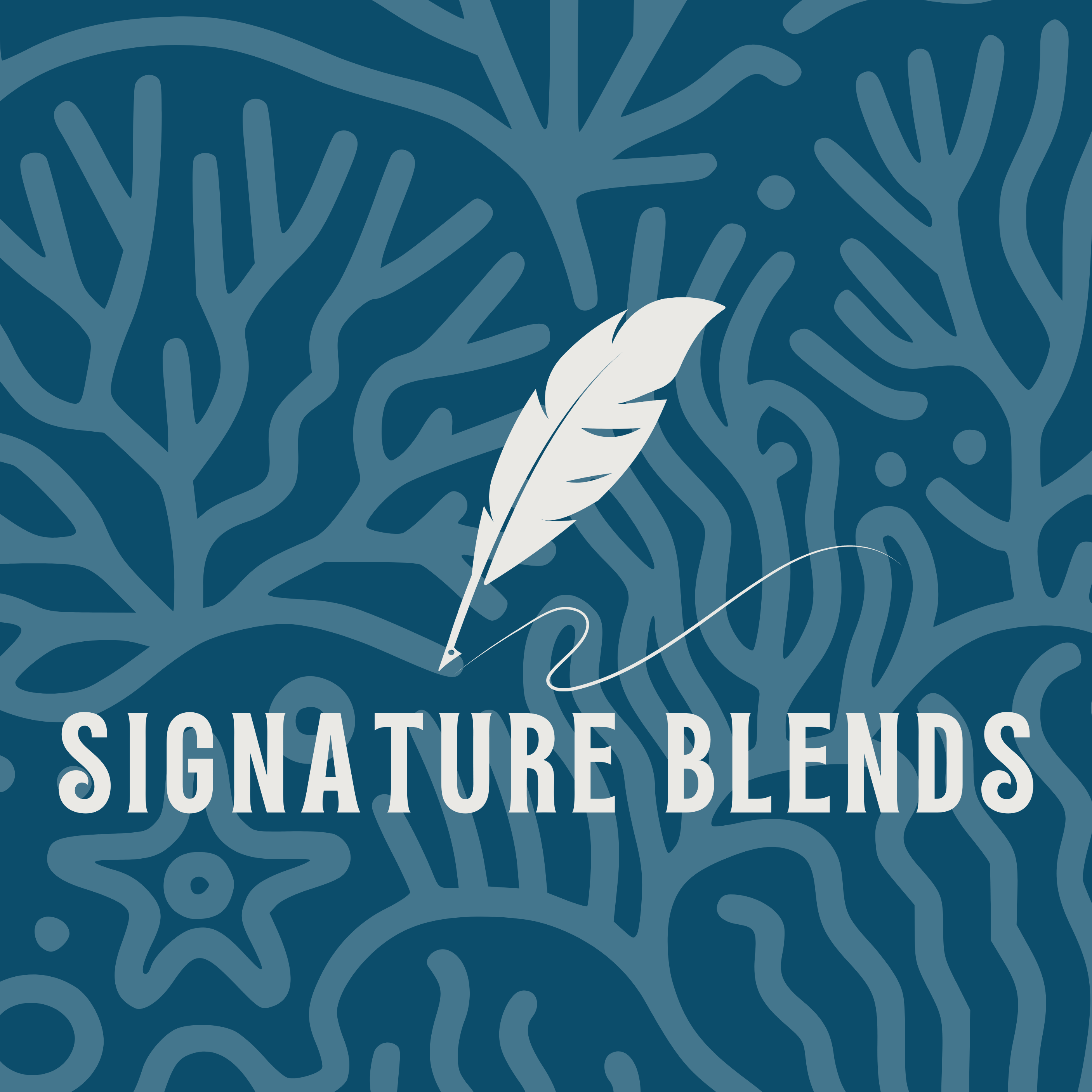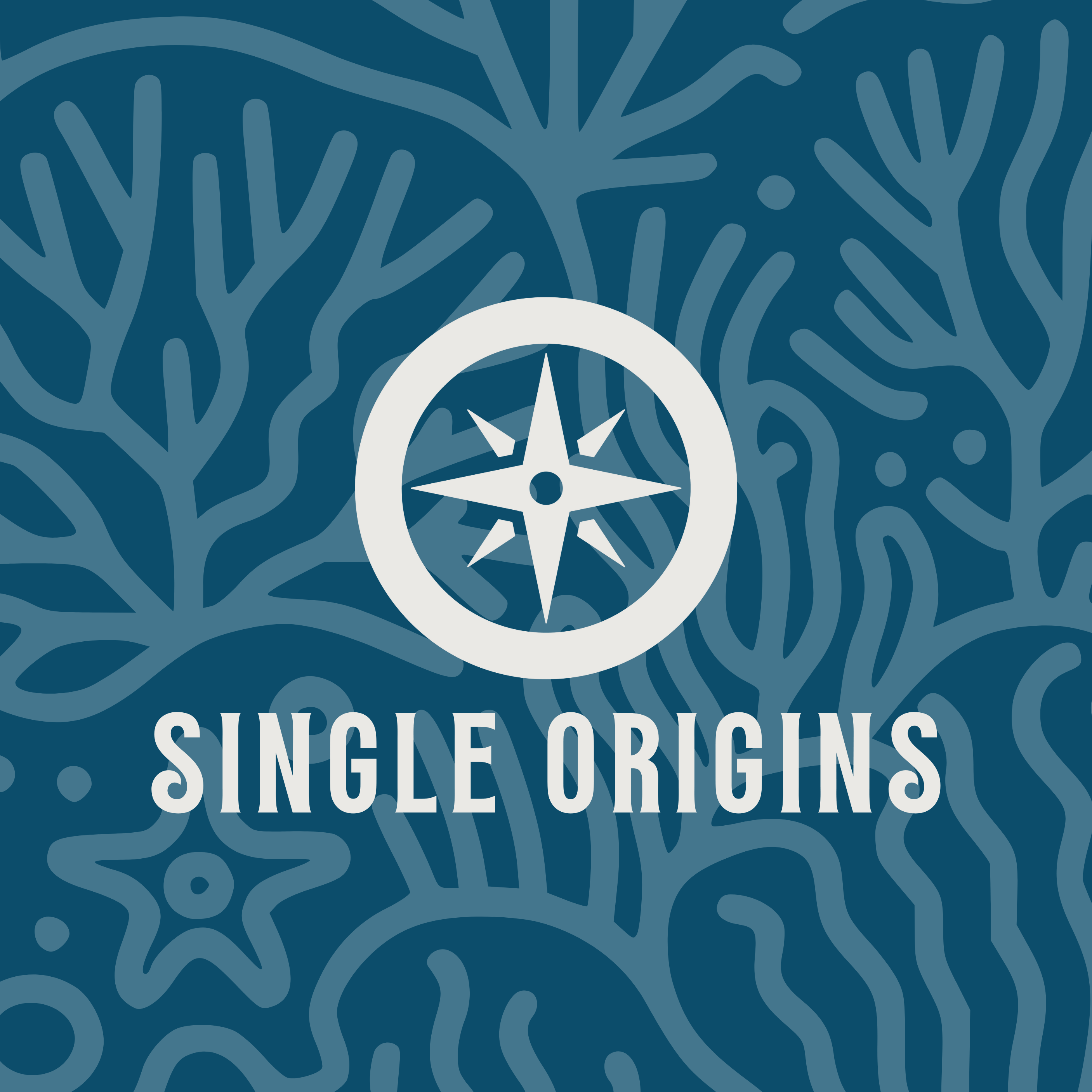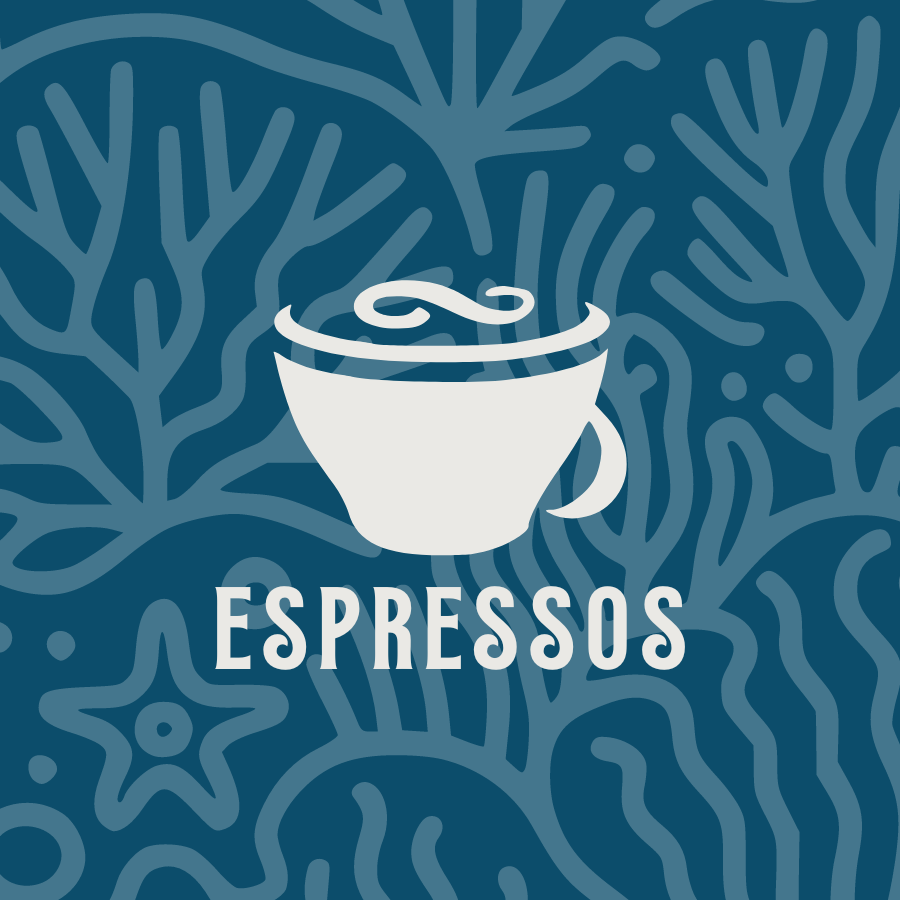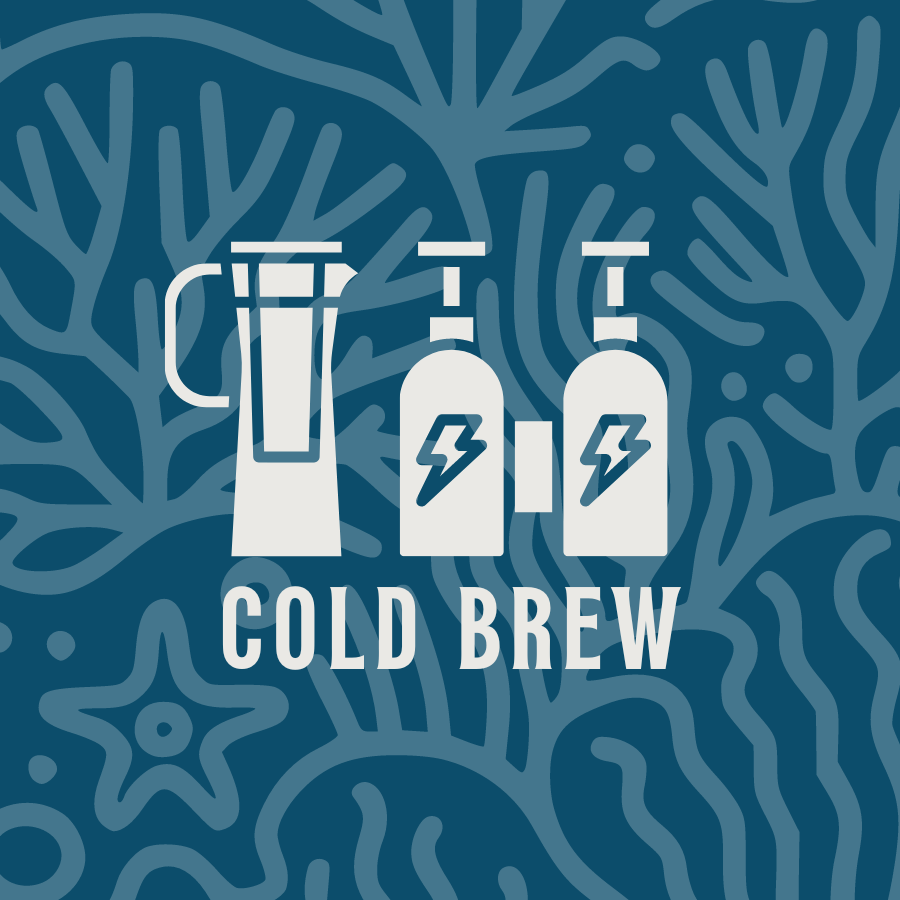✦ Discover Brewing Tips & Tricks ✦
Brew Smarter, Sip Better
Brewing better coffee shouldn't feel overwhelming—especially not with Ollie by your side! We're here to prove it. Below, you'll find straightforward answers, useful insights, practical guidance, and approachable tools to help make your home brewing simpler, more rewarding, and genuinely enjoyable.

Brewing 101
A Better Cup
Great coffee doesn’t need to be complicated. With just a few simple adjustments, you can brew a smoother, richer, and more rewarding cup—no fancy equipment required. Our go-to tips and tricks make it easier than you think to enjoy better coffee, every time.
Brewing Blunders
Quick & Easy Fixes
Even seasoned coffee lovers make a few missteps now and then—but that’s all part of the journey! We're here to help you spot the most common brewing pitfalls, understand what might be going wrong in your cup, and course-correct with ease. A few small adjustments and you’ll be sipping smoother, richer coffee in no time.

Brewing FAQs
Whether you're just starting out or looking to refine your technique, these brewing FAQs are designed to empower you—with confidence, clarity, and a sense of purpose behind every cup. Here's to better brewing, demystified.
Getting Started with Brewing
I’m new to brewing—will I be able to make great coffee at home?
Absolutely! That’s what we’re here for. With our brewing tools, guides, and tips, you don’t need fancy gear or years of experience. Just start simple, and we’ll help you get the most out of every cup.
What’s the most important factor in brewing great coffee?
It all starts with quality. Use freshly roasted, specialty-grade beans (like ours!), filtered water, and the right brew ratio. From there, pay attention to grind size and timing. These simple factors can elevate an average cup into something truly special.
What is specialty coffee?
Specialty coffee refers to the highest grade of coffee available—scoring 80 points or higher on a 100-point scale according to the Specialty Coffee Association (SCA). It's grown in ideal conditions, carefully harvested, processed with precision, and roasted to highlight the coffee's unique flavor profile. At Wonder Waves Coffee, we source only specialty-grade beans to ensure every cup you brew is full of character, complexity, and quality from farm to finish.
What is “premium coffee”?
“Premium” coffee is a marketing term with no formal definition or quality standard. It typically refers to coffee that is presented as higher-end, but it may not meet the strict criteria of specialty coffee. At Wonder Waves Coffee, we go beyond premium by offering only certified specialty-grade beans with full transparency from sourcing to roast.
What is “gourmet coffee”?
Like “premium,” the term “gourmet coffee” is often used for marketing and has no official grading system. It may imply better quality but doesn't guarantee it. In contrast, our coffee is always specialty-grade—carefully selected, ethically sourced, and roasted to highlight each origin's unique character.
Is home brewing really more affordable than buying coffee out?
Definitely. Brewing at home isn’t just better for flavor and freshness—it can seriously cut down your daily coffee costs. Those $4–$6 café visits add up fast. With specialty-grade beans and a simple setup, you can make barista-level coffee at a fraction of the price.
Curious how much you could be saving? Use our Coffee Savings Calculator to find out!
Do I need expensive equipment to brew good coffee?
Not at all! While higher-end gear can offer precision and consistency, you can absolutely brew amazing coffee with affordable tools. Focus on mastering your technique and using fresh ingredients—that makes the biggest difference.
What’s the ideal coffee-to-water ratio?
A standard starting point is 1:16—1 gram of coffee for every 16 grams (or milliliters) of water. For an 8-ounce cup, that’s roughly 15 grams of coffee to 240 grams of water. Adjust to taste depending on how strong or light you prefer your brew. This can vary depending on your brewing method, so use it as a baseline and experiment from there.
Use our Brewing Calculator to dial in the perfect ratio based on your specific brew method!
What roast level is best for me?
It depends on your taste! Light roasts are more acidic and highlight origin flavors, medium roasts strike a smooth, balanced profile, and dark roasts tend to be bold, smoky, and lower in acidity.
If you typically drink your coffee black, you may enjoy the nuanced, layered notes found in light to medium roasts. If you take your coffee with milk or cream, darker roasts may be the better choice, as their boldness stands up well to added creaminess.
If you’re not sure, start with a medium roast and explore from there—or take our Coffee Finder Quiz to get matched with a perfect pick!
Coffee Terms, Simplified
What’s a single origin vs. a blend?
Single origin coffee comes from one region or farm, offering distinct flavors. Blends mix beans from different origins for a balanced, consistent profile.
What’s the difference between Arabica & Robusta coffee?
Arabica and Robusta are the two most common coffee species. Arabica beans are known for their smoother, more complex flavors with hints of fruit, florals, and sweetness. They grow at higher altitudes and make up about 60–70% of global coffee production. Robusta beans, on the other hand, are hardier, higher in caffeine, and tend to have a stronger, more bitter or earthy taste. At Wonder Waves Coffee, we primarily use Arabica beans for their quality, nuance, and elevated flavor experience.
What is a cupping?
Cupping is the practice of tasting and evaluating coffee by professionals. It involves smelling, slurping, and scoring coffee based on attributes like aroma, flavor, acidity, and body. It’s how roasters and tasters identify quality and flavor profiles.
What is the Maillard reaction in coffee?
The Maillard reaction is a chemical reaction that occurs during roasting, where sugars and amino acids combine to create the rich flavors and aromas found in roasted coffee. It’s a key part of what makes coffee taste toasty, chocolatey, or nutty.
What does elevation have to do with coffee quality?
Higher elevations tend to produce denser beans with more complex flavors. Coffees grown at higher altitudes often have brighter acidity, floral notes, and greater clarity in the cup.
What is a microlot?
A microlot is a small, traceable batch of coffee produced with exceptional care—often from a single plot on a farm. These lots are highly curated and known for unique flavors and superior quality.
Every coffee in our Captain’s Compass subscription is a true microlot—carefully selected to highlight rare flavors, distinctive origins, and limited-edition excellence. If you’re looking to explore unique coffees you won’t find just anywhere, it’s the perfect place to start!
What is crema?
Crema is the golden, foamy layer that sits atop a well-pulled espresso shot. It’s a sign of freshness and good extraction, adding body and aroma.
What does “third wave coffee” mean?
Third wave coffee is a movement that treats coffee as a craft beverage. It emphasizes quality, origin, transparency, and brewing precision—similar to wine or craft beer.
Coffee Processing Methods
What are coffee processing methods?
Coffee processing refers to how the fruit of the coffee cherry is removed from the beans after harvesting—and it has a big impact on flavor. There are three main methods: washed (wet), natural (dry), and honey (or semi-washed). Each brings out different characteristics in the cup.
What is washed (or wet) process coffee?
In the washed process, the fruit is removed from the bean using water before drying. This method tends to highlight the bean’s natural clarity, acidity, and brightness—great for those who love clean, crisp cups.
What is natural (or dry) process coffee?
Natural process coffee is dried with the fruit still on the bean, which allows the sugars and flavors to seep in. This creates a fruitier, sometimes wilder cup with heavier body and sweetness. Think berry-forward, jammy, or wine-like notes.
What is honey (or semi-washed) process coffee?
Honey process coffee is a hybrid of washed and natural methods. Despite the name, no actual honey is used—it's named for the sticky, honey-like layer of fruit (called “mucilage”) that’s left on the bean during drying. This process results in a balanced cup—often smooth and sweet, with mild fruitiness and more complexity than a washed coffee but less intensity than a natural.
Which process is best?
There’s no “best”—it comes down to your flavor preference! Washed for clarity, natural for fruitiness and body, honey for balance and nuance. If you’re curious, try tasting coffees from each method side by side to discover your favorite.
Understanding Tasting Notes
What are tasting notes & what do they actually mean?
Tasting notes describe the natural flavors you may detect in coffee, like chocolate, berry, or citrus. These notes don’t mean the coffee has added flavors—they're naturally occurring in the beans, influenced by origin, processing, and roast level. When we say a coffee has notes of “chocolate” or “citrus,” it’s a way of describing the experience, not the ingredients. Think of them as a guide to what you might encounter in the cup.
Do tasting notes mean the coffee will taste exactly like that?
Not necessarily. Tasting notes are hints, not flavors as strong as in flavored coffee. They describe the overall character. Think of them like a wine label—they help guide your expectations, but your own palate is the final judge!
How can I get better at tasting coffee notes?
Start by tasting your coffee slowly and paying attention to how it feels and what it reminds you of. Try comparing different coffees side by side, and don’t worry about being “right”—everyone’s palate is different. Over time, your ability to identify notes will sharpen.
What does “balance” mean in coffee?
Balance refers to how well a coffee’s characteristics—like body, acidity, sweetness, and bitterness—work together. A well-balanced cup won’t let one trait overpower the others, creating a smooth, rounded flavor profile that’s easy to enjoy.
What is “mouthfeel” in coffee?
Mouthfeel describes how the coffee feels on your tongue—creamy, silky, gritty, thin, or heavy. It’s closely related to body but focuses more on texture than weight.
What is “sweetness” in coffee?
Sweetness in coffee doesn’t mean sugary—it refers to a smooth, pleasant flavor that balances out acidity and bitterness. Well-developed sweetness often brings out notes like caramel, honey, or ripe fruit.
What does “bitterness” mean in coffee?
Bitterness is a natural part of coffee but can become overpowering if over-extracted or over-roasted. A little can add depth; too much can throw off the balance.
What does “body” mean in coffee?
Body refers to the weight or texture of the coffee in your mouth—think of it as the difference between whole milk and skim milk. A coffee with a full body feels rich and heavy, while a lighter-bodied coffee will feel thinner or more delicate. Neither is better—just different!
What is “acidity” in coffee?
In coffee, acidity doesn’t mean sourness—it refers to the brightness or liveliness you taste, especially in light and medium roasts. It’s what gives coffee sparkle, complexity, and fruit-like notes. Lower acidity coffees tend to be smoother and more mellow.
Improving Coffee Flavor
Why does my coffee taste bitter or harsh?
Bitterness often means your coffee is over-extracted. Try grinding a bit coarser, reducing brew time, or using slightly cooler water. Also, double-check your coffee-to-water ratio to make sure you're not using too much coffee.
Why does my coffee taste sour or weak?
This is typically a sign of under-extraction. Try using a finer grind, hotter water (ideally 195–205°F, or just below boiling), or slightly increasing your brew time. Make sure you’re using enough coffee, too.
If you tend to enjoy your coffee with milk or cream, consider opting for a slightly stronger brew or a darker roast—milk can mellow the flavor, so starting with a bolder base ensures your cup still shines through!
Does water quality affect taste?
Yes—significantly. Tap water with chlorine or off-flavors can ruin your cup. Use filtered or spring water if you can. Since coffee is 99% water, what you brew with matters.
How can I make my coffee taste smoother?
Smoothness comes from balance. Start with fresh, high-quality beans, grind right before brewing, and stay within the optimal brew range. Bloom your grounds, use a consistent pour (for pour-over), and avoid over-steeping.
Can I reheat coffee, or will it ruin the flavor?
You can reheat coffee, but be gentle! Avoid boiling or microwaving too long, as it can dull flavor and increase bitterness. If possible, store it in a thermal carafe and enjoy it fresh.
Grind Size & Brewing Methods
What is “over-extraction”?
Over-extraction happens when your coffee brews for too long, the grind is too fine, or the water is too hot. This causes too many bitter, harsh compounds to be pulled from the grounds, resulting in a dry or astringent taste. The solution? Shorten your brew time, coarsen your grind, or slightly lower your water temperature.
What is “under-extraction”?
Under-extraction occurs when your coffee brews too quickly, the grind is too coarse, or the water isn’t hot enough. This leads to a sour, weak, or hollow taste because the flavorful oils and sugars haven't had enough time to fully dissolve. A finer grind, hotter water, or longer brew time can help balance things out.
How do I know what grind size to use?
Match your grind size to your brew method:
- Extra fine: Turkish Coffee
- Fine: Espresso & Moka Pot
- Medium-Fine: AeroPress & Siphon
- Medium: Automatic Drip Machine & Pour-Over
- Medium-Coarse: Chemex
- Coarse: French Press
- Extra Coarse: Cold Brew
- Whole bean: Bean-to-Cup Machines & any method if you're grinding fresh at home
Need help figuring it out? Use our Grind Navigator to find the perfect grind for your setup!
What happens if I use the wrong grind size?
Too fine = over-extraction (bitter, dry). Too coarse = under-extraction (sour, watery). If your brew doesn’t taste right, your grind size is a good place to start troubleshooting.
Should I grind my coffee at home or buy it pre-ground?
Grinding at home, right before brewing, gives you the freshest flavor and aroma. If that’s not an option—or you prefer the convenience of pre-ground beans, buy freshly ground coffee in the right size for your brew method and keep it sealed tightly. We also offer custom grinding—so you can simply choose the corresponding grind size for your preferred brewing method.
Not sure which grind you need? Use our Grind Navigator to find the perfect match for your brewing method!
What grind size do I need for cold brew?
For cold brew, use a coarse grind—similar to sea salt. This helps avoid over-extraction during the long steeping time and keeps the flavor smooth and low in acidity. Check out our Grind Navigator for a quick visual guide!
What’s the difference between iced coffee & cold brew?
Iced coffee is brewed hot and poured over ice—quicker but often sharper. Cold brew is made by steeping coffee grounds in cold water for 12–24 hours, resulting in a smoother, sweeter taste with lower acidity. While iced coffee is a serving style (i.e., how the coffee is served), cold brew refers specifically to the way the coffee is extracted (i.e., the brewing method used).
How do I make iced coffee without it tasting watered down?
Brew your coffee slightly stronger than usual and pour it directly over ice. You can also chill your brewed coffee in the fridge before serving or use coffee ice cubes to maintain bold flavor.
What’s the best way to make cold brew at home?
Use a coarse grind and steep your coffee in cold water for 12–24 hours. A typical ratio is 1 cup of coarsely ground coffee to 4 cups of water. Strain and serve over ice, diluted to taste.
Can I turn any coffee into a cold brew?
Yes! While medium to dark roasts often make for smoother cold brews, any high-quality coffee can be brewed cold. Feel free to experiment and find your favorite!
Timing, Technique & Tools
How long should I brew my coffee?
It depends on the method:
- Espresso: ~25–30 seconds
- AeroPress: 1–2 minutes
- Pour-Over (Hario V60, etc.) & Chemex: 2.5–4 minutes
- Drip Coffee Machine: 4–6 minutes
- French Press: ~4 minutes
- Cold Brew: 12–24 hours
- Turkish Coffee: ~3–4 minutes (plus time for settling)
The key is even extraction. Too long = bitter; too short = weak. You can also use our Brewing Calculator to determine the ideal brew time based on your brewing method and personal preferences!
Do I need to “bloom” my coffee?
It’s a small step that can make a big difference—especially with fresh coffee. Blooming (pouring a little water over the grounds and letting it sit for 30–45 seconds) helps release trapped CO₂, allowing for better extraction and a smoother, more balanced cup. It’s especially useful for pour-over methods, but can improve flavor in French Press and other manual brews too. It's quick, simple, and 100% worth it!
Is it worth getting a scale & thermometer?
If you're looking to keep things simple and consistent, yes. A scale helps you measure your coffee and water accurately every time, and a thermometer makes sure your water isn’t too hot or too cool (aim for 195–205°F). They're easy tools that remove the guesswork and lead to more dependable, delicious brews.
Storage & Freshness
How should I store my coffee to keep it fresh?
Keep your coffee in an airtight, opaque container at room temperature. Avoid light, heat, and moisture. No need to refrigerate—and only freeze if you're storing beans long-term in small batches!
How long do coffee beans stay fresh?
Peak flavor is within 3–4 weeks of roast, though beans can still taste good up to 6 weeks. Roasted-to-order beans (like ours!) give you the freshest possible start.
Should I freeze my coffee?
You can, but only in small, airtight portions. Freezing can help extend freshness, but be sure to avoid temperature fluctuations and moisture exposure. Don’t keep going in and out of the same bag.
Cleaning & Maintenance
How often should I clean my coffee maker or grinder?
For best results, rinse removable parts daily and do a deeper clean every 1–2 weeks. Descale monthly to remove mineral buildup.
What’s the best way to descale a brewer naturally?
A mix of equal parts white vinegar and water works well. Run the solution through a brew cycle, then flush with clean water 1–2 times.
Alternatively, you can use descaling tablets designed specifically for coffee equipment—many are eco-friendly and provide a deep clean without the vinegar smell. Just follow the instructions provided for your machine.
Can leftover coffee oils affect flavor?
Absolutely. Old oils can go rancid and negatively affect the taste of your brew. Keep your equipment clean to preserve your coffee’s intended flavor.
Our “Better Coffee” Philosophy
What does “Better Coffee” mean to Wonder Waves Coffee?
We believe brewing great coffee should feel as rewarding as it tastes. To us, “better” goes beyond just flavor. It means coffee that’s freshly roasted, thoughtfully sourced, packaged sustainably, and brewed with purpose. It’s coffee that respects the planet, supports people, and delights your taste buds—all at once. Better coffee, better planet, better future.
What do you mean by “brewing with purpose”?
Brewing with purpose means being intentional—from the beans you choose to how you prepare your cup. It's about embracing coffee not just as a routine, but as a meaningful ritual. Whether it's learning how to get the most from your brew, choosing sustainable options, or supporting ethical sourcing, every small choice can make a big impact.
With Wonder Waves, better brewing isn’t just about taste—it’s about awareness, care, and creating something worth savoring.
What’s the most sustainable way to brew coffee?
Brew only what you’ll drink, use a reusable filter or French press, and compost your grounds. Choose ethically sourced, eco-conscious coffee like ours.
How does brewing at home reduce waste?
Home brewing eliminates disposable cups, lids, and stirrers. You control your portions and reduce packaging waste—especially when using biodegradable bags like ours.
Can I compost my coffee grounds or filters?
Yes! Used coffee grounds are great for composting. Most unbleached paper filters are compostable too—just be sure to check your local guidelines.
Can better brewing help reduce waste?
Absolutely! By brewing mindfully and using the right amount of coffee and water, you get more from every bag and waste less. Pair that with composting your grounds, and you’re sipping more sustainably, too!
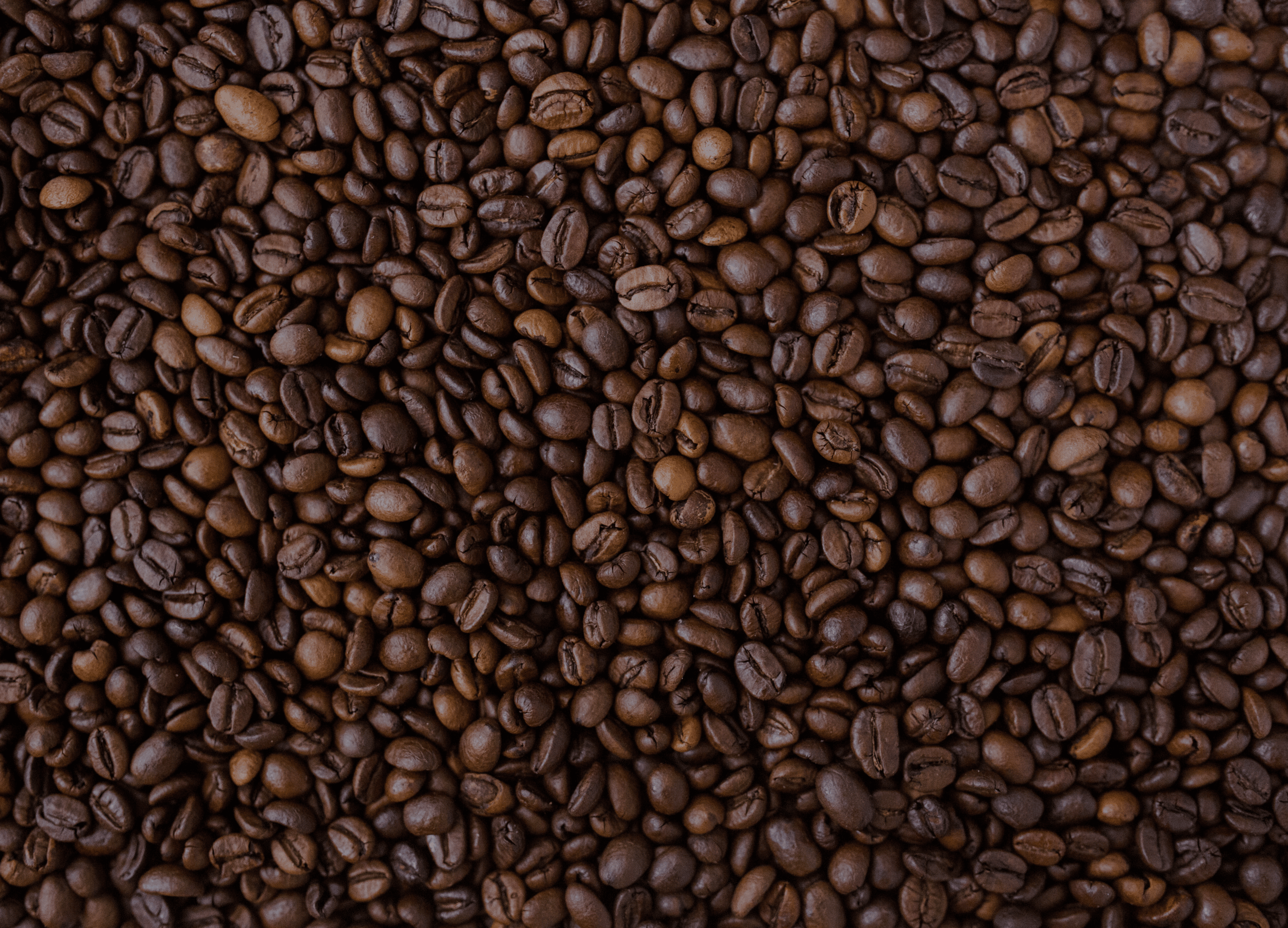
Still Scratching Your Head?
Whether you're stuck on grind size, unsure about your cofee-to-water ratio, or just want to chat about the best way to brew—our Brew Crew is always here to help!












